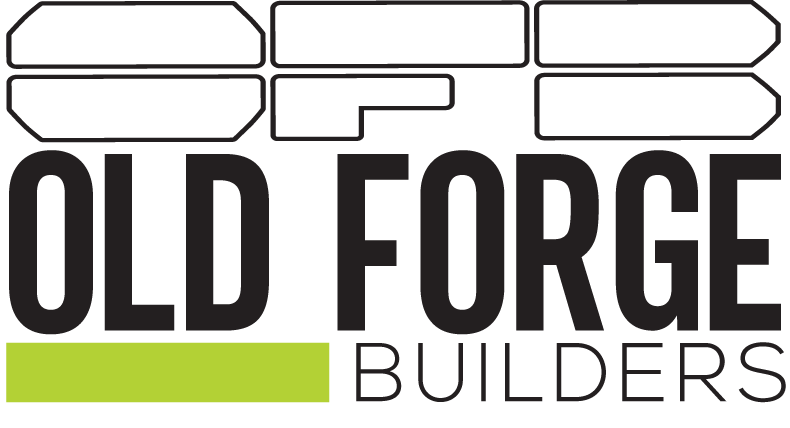Working with a GC focused on optimizing the often-complex construction process, I have always been interested in how technology is changing the development space. This week, I attended a webinar series from NAIOP featuring a Gensler executive expanding on some of their proprietary applications for making building design smarter.
Gensler has developed some incredible ways of using technology in the design process, from virtual models to carbon calculators. These tools help create inspiring environments that can’t be spit out of a computer, one of the primary goals of their practice. Several tools that allow them to leverage information technologies include gBlox and gPlanet, helping project stakeholders to provide multidiscipline design delivery and using data to drive decision making. Carbon Calculators are also a key component in achieving carbon reduction goals set for each project.
With the goal of creating spaces that promote human interaction and collaboration, teams like Gensler are able to approach the development process dramatically differently with similar applications.
Rather than spending months or years on drawings and renderings only to be disappointed when their ideas don’t translate well in real life, developers can work with design teams to use digital models to figure out how a building will look and function before the first brick is laid. This allows for faster and better presentations to investors, more immersive experiences for tenants who can walk through their future spaces using Oculus Rift headsets and even interact with appliances in virtual kitchens (with digital appliances!) during lease negotiations — all without having broken ground on site yet. And it gives designers working on every aspect of projects—from architecture to engineering—the ability to offer feedback early in development so that issues can be addressed at an earlier stage in their development cycle rather than being discovered during construction or upon occupancy.
Technology is changing the development space, and we need to change with it.
Today’s buildings are more energy efficient than ever before, thanks to advances that allow us to monitor and control building operations remotely. There’s no reason why they can’t be built better as well. And with new materials like graphene-based concrete being developed by researchers around the world, it seems likely that sustainable construction will see even greater strides in the years ahead.
But what about when we’re not building? As we’ve seen over the past few decades of urbanization boom around the developing world, cities are growing at an astonishing rate—and fast becoming more congested than ever before as well. If a city continues to grow at this pace without adapting its infrastructure accordingly, overcrowding can lead to disaster; just look at China for proof. With mobile devices now ubiquitous across most developing countries (even those without reliable electricity), there’s an opportunity here for developers and planners alike: using these devices’ GPS sensors combined with big data analytics software tools like Tableau could help us integrate smart transportation into our daily lives by reducing traffic congestion while also improving public safety by providing real-time information on local road conditions during inclement weather events or other emergency situations such as natural disasters or terrorist attacks.
Overall, technology is changing the way we do things and it has created a need for us to adapt. When combined with creativity, these tools will help us create the most inspiring environments. It’s hard to imagine what life would be like without our digital devices or even electricity but we need to keep up with the times – they are only going get better.

